
The Power of Email Domain Screening For Matching Gifts
Find out how email domain screening can bring your organization’s…
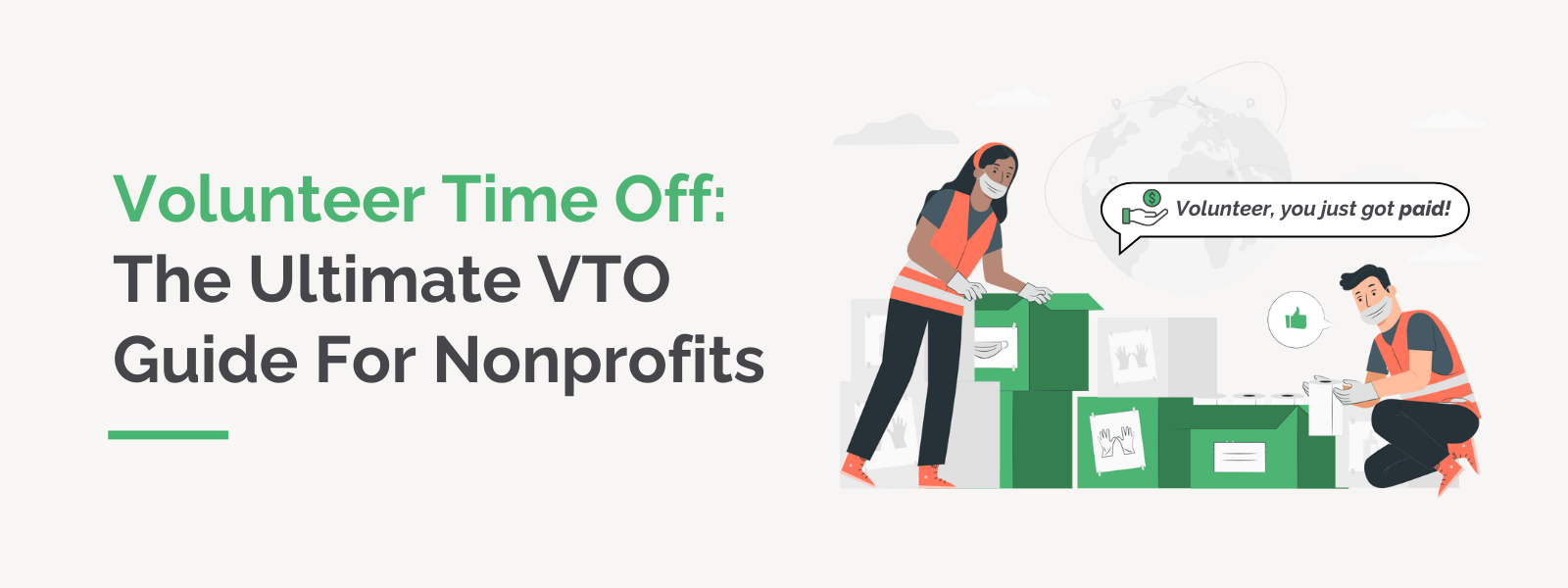 https://doublethedonation.com/wp-content/uploads/2024/05/DTD_Volunteer-Time-Off-The-Ultimate-VTO-Guide-For-Nonprofits_Feature.png
600
1600
Adam Weinger
https://doublethedonation.com/wp-content/uploads/2025/11/DTD-horizontal-logo-300x63.png
Adam Weinger2024-05-02 20:19:562025-04-15 17:21:44Volunteer Time Off | The Ultimate VTO Guide For Nonprofits
https://doublethedonation.com/wp-content/uploads/2024/05/DTD_Volunteer-Time-Off-The-Ultimate-VTO-Guide-For-Nonprofits_Feature.png
600
1600
Adam Weinger
https://doublethedonation.com/wp-content/uploads/2025/11/DTD-horizontal-logo-300x63.png
Adam Weinger2024-05-02 20:19:562025-04-15 17:21:44Volunteer Time Off | The Ultimate VTO Guide For Nonprofits
How A Corporate Giving Database Unlocks Fundraising Success
Companies gave an impressive $29.48 billion to U.S. charities…

Handbid and Double the Donation Partner with Integrated Matching Gifts Solution
Handbid and Double the Donation are proud to announce a new integration…
 https://doublethedonation.com/wp-content/uploads/2016/04/Matching-Gifts-Download-min.png
1361
2100
Adam Weinger
https://doublethedonation.com/wp-content/uploads/2025/11/DTD-horizontal-logo-300x63.png
Adam Weinger2024-04-24 18:07:392025-07-25 12:41:59[Free Download] The Ultimate Guide to Matching Gifts
https://doublethedonation.com/wp-content/uploads/2016/04/Matching-Gifts-Download-min.png
1361
2100
Adam Weinger
https://doublethedonation.com/wp-content/uploads/2025/11/DTD-horizontal-logo-300x63.png
Adam Weinger2024-04-24 18:07:392025-07-25 12:41:59[Free Download] The Ultimate Guide to Matching Gifts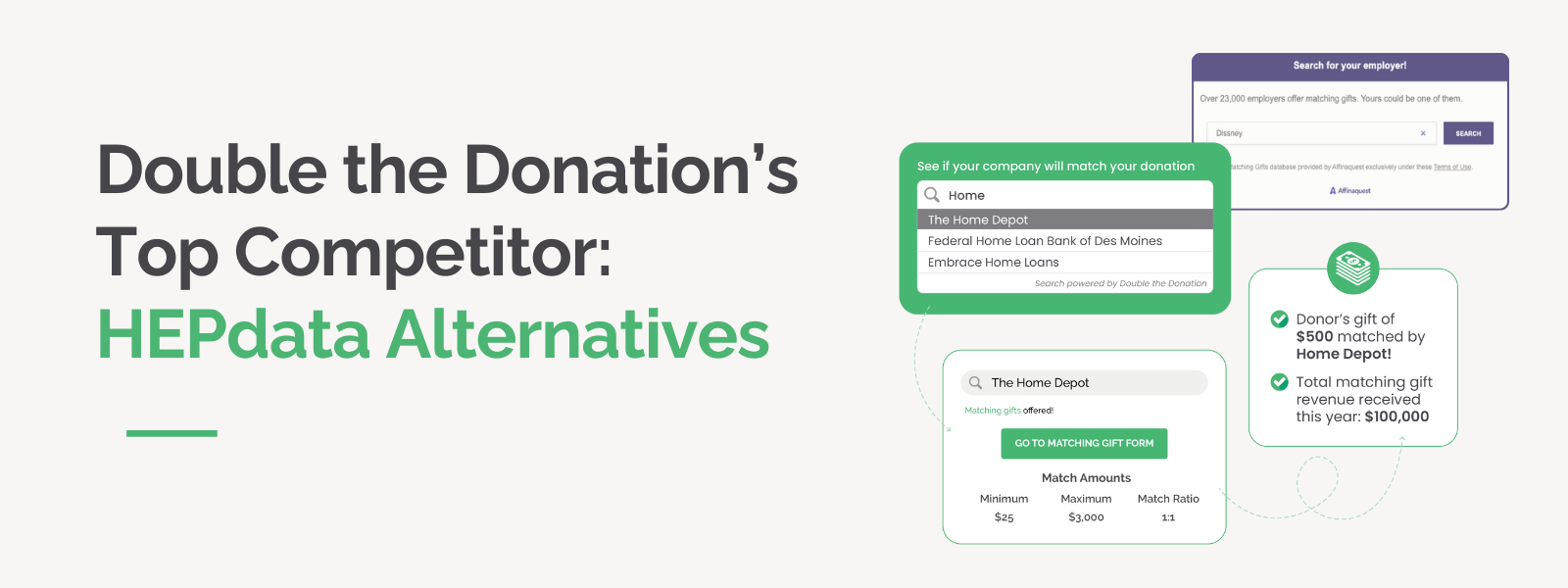 https://doublethedonation.com/wp-content/uploads/2025/04/DTD_Double-the-Donations-Top-Competitor-HEPdata-Alternatives_Feature.png
600
1600
Adam Weinger
https://doublethedonation.com/wp-content/uploads/2025/11/DTD-horizontal-logo-300x63.png
Adam Weinger2024-04-15 14:40:392025-09-18 14:03:52Double the Donation’s Top Competitor | HEPdata Alternatives
https://doublethedonation.com/wp-content/uploads/2025/04/DTD_Double-the-Donations-Top-Competitor-HEPdata-Alternatives_Feature.png
600
1600
Adam Weinger
https://doublethedonation.com/wp-content/uploads/2025/11/DTD-horizontal-logo-300x63.png
Adam Weinger2024-04-15 14:40:392025-09-18 14:03:52Double the Donation’s Top Competitor | HEPdata Alternatives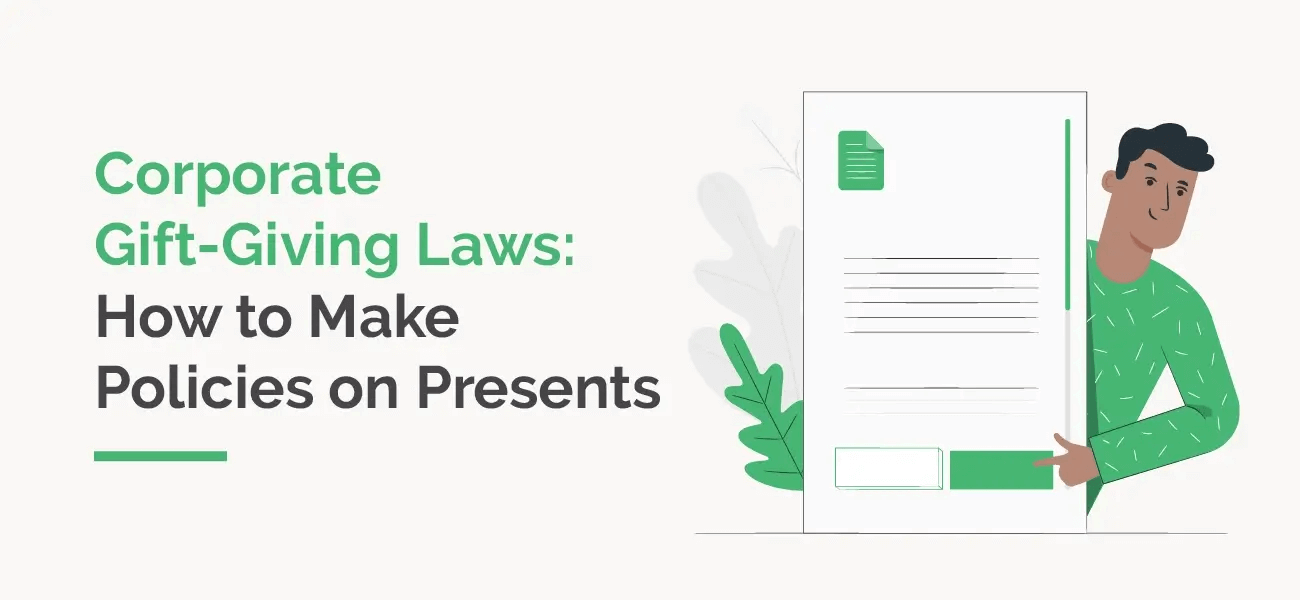
Corporate Gift-Giving Laws: How to Make Policies on Presents
Corporate leaders oversee relationship management on many fronts,…

Double the Donation Offers Matching Gift Functionality on Classy Studio
Double the Donation and Classy continue strong partnership with…
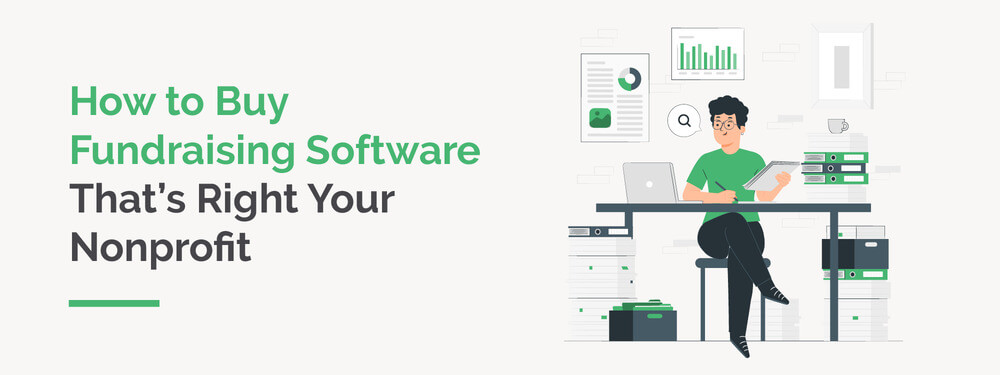
How to Buy Fundraising Software That’s Right For Your Nonprofit
Digital fundraising is crucial in today’s nonprofit landscape.…
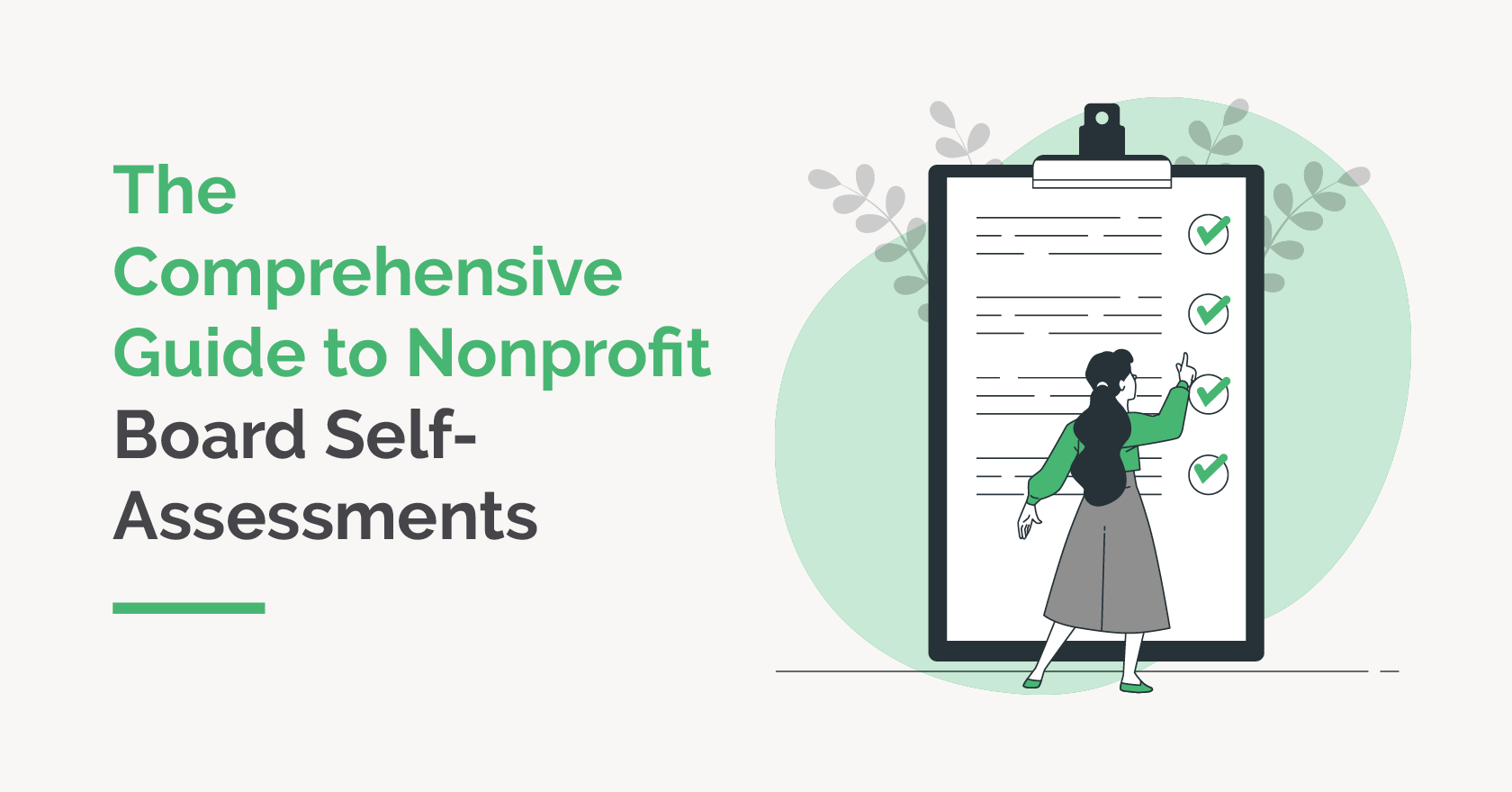
The Comprehensive Guide to Nonprofit Board Self-Assessments
Board members play an important role in nonprofits. They have…

